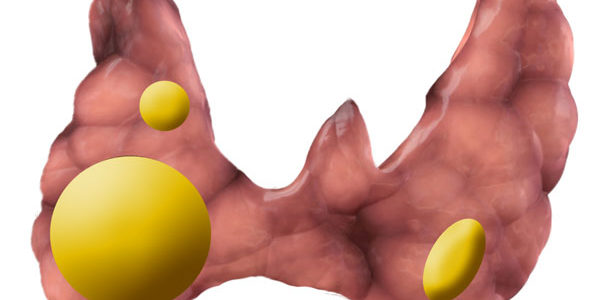What is Thyroidectomy?
Thyroidectomy is the surgical removal of some or all of the thyroid gland under general anesthesia. During the operation, an incision of about 5-8 cm is entered in the midline of the lower part of the neck, the thyroid gland is reached and the operation is performed.
When is thyroidectomy performed?
The conditions that require thyroidectomy surgery are as follows;
Thyroid Cancer: The most effective treatment for thyroid cancer is removal of the thyroid.
Thyroid Nodules: Large nodules in the thyroid may cause cosmetic problems due to compression of the trachea. In addition, since a small cancer focus within a large nodule is likely to be missed by needle biopsy, nodules over 4 cm should be surgically removed.
Hyperthyroidism: Thyroid hormone overproduction. It is a condition caused by the whole gland or a nodule producing too much hormone. In cases of hyperthyroidism that does not respond to medication or radioactive iodine therapy, surgery may be necessary.
What Types of Thyroidectomy?
Total thyroidectomy: The process of removing the entire thyroid gland.
Near-total thyroidectomy: This procedure deliberately leaves 1-2 g of thyroid tissue. If the vocal nerve is very close to the thyroid tissue, it is applied to avoid damaging the nerve.
Subtotal thyroidectomy: Leave more than 1-2 gr of tissue in the thyroid bed. It is not an accepted technique today. It should not be applied especially in thyroid cancers.
Total lobectomy: One half of the thyroid gland is removed and the other half is left.
Complementary thyroidectomy: If the cancer is detected in the pathology examination in the total lobectomy procedure, the left lobe is removed by a second operation.








